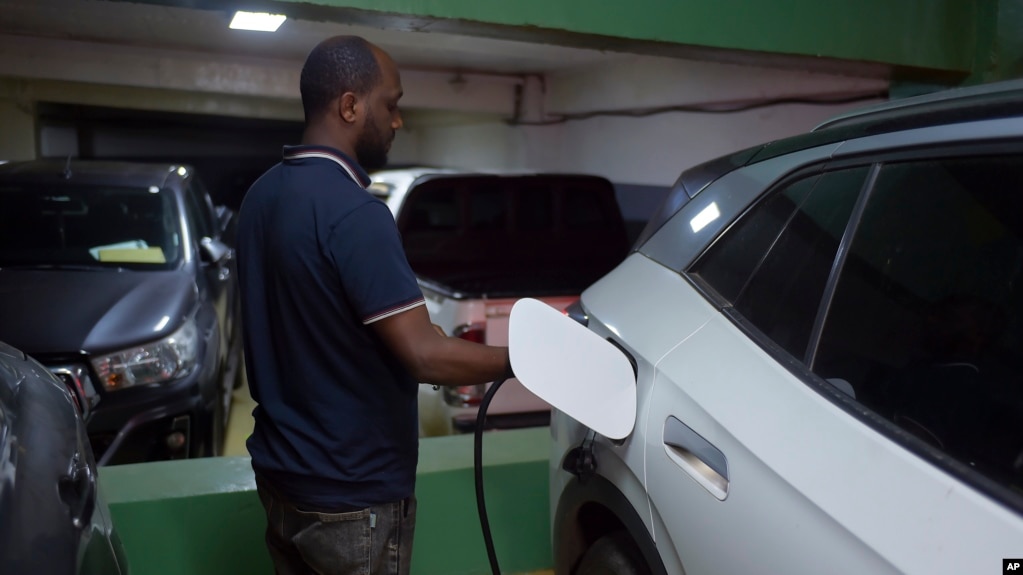Ethiopia Electric Vehicle Transition Challenges
Ethiopia's Electric Vehicle Transition Challenges

Personal Choices and Real Dilemmas
The surge in fuel prices in Ethiopia has driven consumers to electric vehicles, but this has been accompanied by unstable electricity supply and high repair costs. Awgachew Seleshi stated that imported parts from China are expensive, and there is a lack of mechanics capable of repairing electric vehicles, leading to low resale value.
Policy Drive and Infrastructure Challenges
As the first country in the world to ban the import of non-electric private vehicles, Ethiopia's government hopes to reduce dependence on fuel by increasing the import of electric vehicles. However, the lack of charging stations and repair services has become a major obstacle in the transition process.
Power Supply and Future Outlook
Although the Grand Renaissance Dam is expected to provide enough electricity to support electric vehicles, residents of Addis Ababa are currently concerned about the shortage of charging stations and repair services. Economist Samson Berhane believes that Ethiopia is likely to provide enough electricity for electric vehicles within the next decade.
Personal Choices and Real Dilemmas
The surge in fuel prices in Ethiopia has driven consumers to electric vehicles, but this has been accompanied by unstable electricity supply and high repair costs. Awgachew Seleshi stated that imported parts from China are expensive, and there is a lack of mechanics capable of repairing electric vehicles, leading to low resale value.
Public Disappointment and Policy Adjustment
Some consumers have already abandoned electric vehicles in favor of traditional fuel vehicles. The government plans to invest in public charging stations and manufacture electric vehicle batteries to reduce imports, but private efforts to manufacture electric vehicles have failed due to material procurement issues.
Conclusion:
Ethiopia has made initial progress in promoting the transition to electric vehicles, but the lack of infrastructure and services remains a major challenge. Further investment and efforts from the government are needed to achieve wider adoption of electric vehicles.


